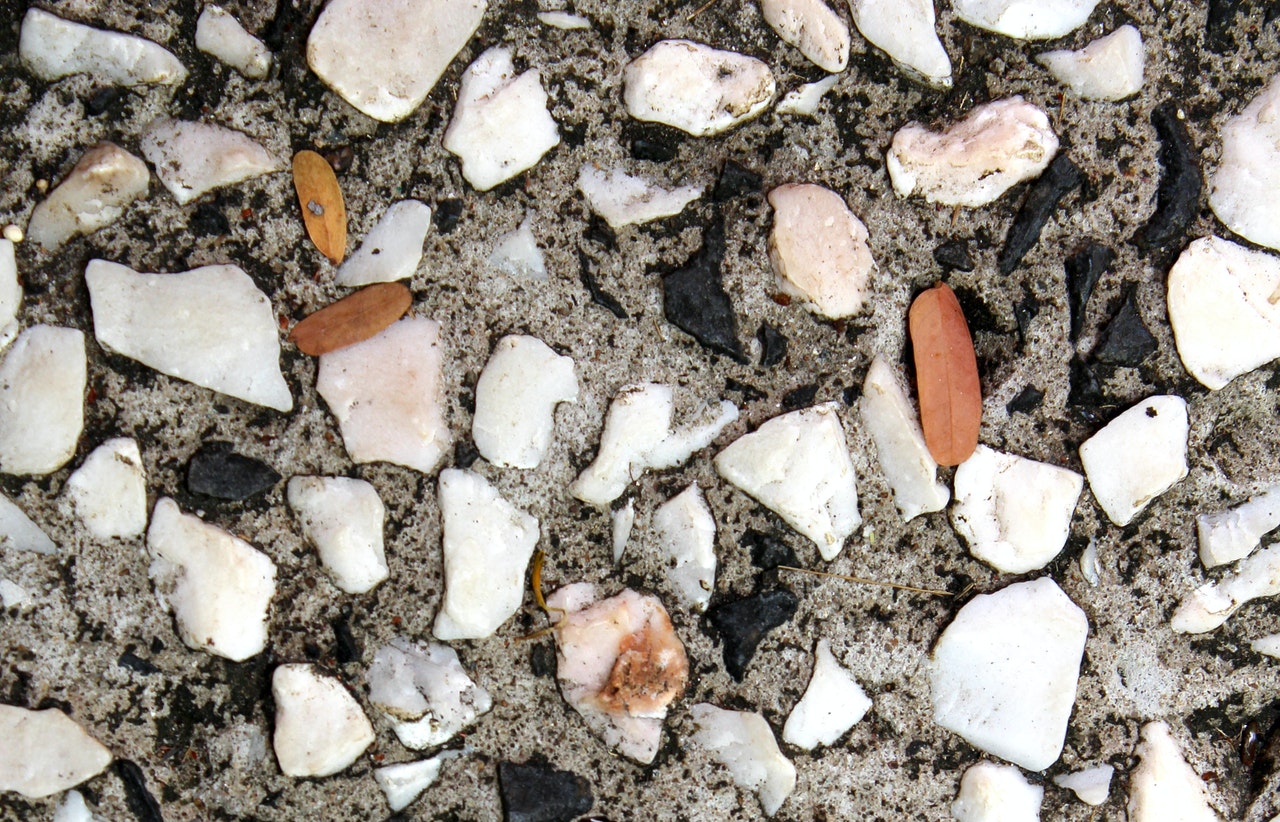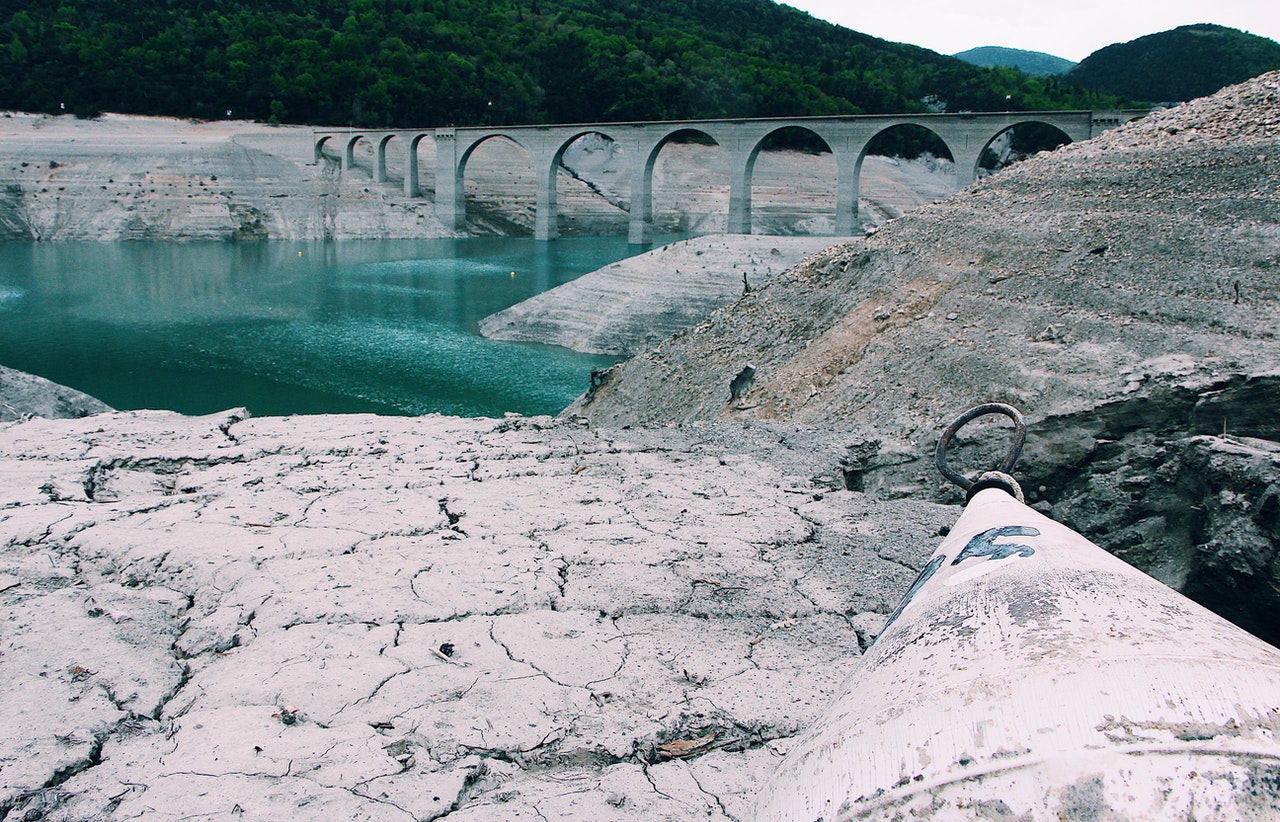


With the production of more than 16 billion metric tonnes per year, concrete has become the most widely used material on earth. Thus, the aggregates, which occupy three-quarter of the volume of concrete is also subjected to high demand. The production of aggregates to match the demand increment of concrete has become a challenging task. The increased production of quarried and crushed coarse aggregates raises concerns as it emits significant quantities of greenhouse gases. Objections to opening quarry pits, problems associated with dumping of construction and demolition waste, taxation policies and subsidies are some other major factors influencing the adoption of environmentally friendly aggregates in concrete. In addition, finding a sustainable alternative to conventional quarried aggregates is also of importance. With the current consumption trends, Australia has to produce 210 million tonnes per year by 2056, which is more than 50% increment in comparison to the current production rates. Over the past decade, significant research has been conducted to alleviate these concerns regarding coarse aggregate demand. However, the currently available alternative coarse aggregates have drawbacks such as complex production procedures and high associated costs making them less feasible solutions. As such, there remains an imperative to investigate the performance and viability of alternative sustainable aggregates for use in concrete. RMIT research team developed new coarse aggregate! The production of geopolymer coarse aggregate (GPA) employs high pressure and reduced temperature production techniques to process low calcium fly ash, adding value to abundant industrial waste material. The optimized mix design produces 32 MPa compressive strength at 28 days with 100% replacement of quarried aggregates with this naval geopolymer coarse aggregate. RMIT researchers are currently investigating the long term engineering performance of this geopolymer coarse aggregate concrete. They will further investigate the damage response of this concrete using relevant computer models.



Development and environment nowadays are considered as two interconnected sectors. However, the sustainability of both sectors has to be considered to ensure human progress does not exhaust the resources of future generations. Increasing in development sector inevitably boost demand in the industrial sector that ultimately impact the environment.
The building industry is responsible as one of the main contributors for global extractions which leads to various damages such as contamination of soil, water, and air by emissions from building materials during the production, processing, maintenance, demolition. One of the primary cause of environmental disturbance by the construction industry is the use of un-environmentally friendly materials.
There has been much ongoing research for alternative green construction materials all around the globe, including utilizing fly ash as a primary component in developing concrete materials, fly ash-based geopolymer concrete is one of them. Fly ash is the finely divided residue resulting from the combustion of ground or powdered coal, which is transported from the firebox through the boiler by flue gases (ASTM C618). Utilizing fly ash will minimize waste of coal combustion significantly and reduce the negative impact on the environment.
Geopolymer concrete can be considered as an alternative eco-friendly innovative material to Portland cement concrete. The previous studies in fly ash-based geopolymer concrete reported this material shows excellent resistance in aggressive marine and acidic environment. However, research on the long-term mechanical properties and durability of fly ash-based geopolymer concrete is still limited.
RMIT researchers are currently focusing on these issues! Source fly ash is obtained from Indonesia, as one of the largest coal exporters in the world. The long-term durability of concrete will be investigated, exposed to harsh environments including marine, sulphate and acid & peat acidic environments.





Concrete is the most widely used construction material in the world. It is primarily produced using Portland cement as a binder in the ratio of about 10-15% by mass of the resulting concrete. Portland cement production raises environmental concerns over the emission of carbon dioxide. It has been estimated that cement production contributes to approximately 5-7% of the current carbon dioxide emission globally.
This has led to the adoption of waste materials including grounded granulated blast furnace slag and fly ash as better alternatives to the Portland cement due to their ability to improve the chemical, physical, and mechanical attributes of concretes and to reduce the environmental impact. Recent research works have indicated that it is possible to manufacture geopolymer concretes based only on waste materials employing an alkaline activator without using Portland cement. A major upside of geopolymer concrete is that a reduction of about 26-45% carbon emission and Portland cement replacement are realized without major economic impact.
In the process of geopolymerization, silica and alumina species in fly ash react with the alkaline activator solution producing a 3-D polymeric chain and a ring structure. The final geopolymer product is sodium-aluminosilicate gel. It is the composition of this gel that dictates the attributes of low calcium fly ash geopolymer concrete. In alkali-activated slag concrete, on the other hand, calcium silicate hydrate gel is the principal product of the geopolymerization process. This is identical to the principle binder of the Portland cement as well as that of blended cement concretes.
In order for both alkali-activated slag and fly ash geopolymer concretes to work as proper construction materials, it is necessary for both to maintain their performance over the service life of a structure. Chamila Gunasekara, David Law and Sujeeva Setunge at RMIT University in Australia in collaboration with Arie Wardhono at the State University of Surabaya in Indonesia undertook an experimental research program with the aim of investigating an array of mechanical as well as durability characteristics of alkali-activated sag and fly ash geopolymer concretes up to 540 days. The authors assessed flexural and splitting tensile strength, elastic modulus, compressive strength, water permeability and water absorption. Their research work is published in the journal, Construction and Building Materials.
The authors observed that the compressive strengths of fly ash geopolymer and alkali activated slag concrete was in the range of 22-33 MPa and 39-40MPa from 28 to 540 days, respectively. They also observed 48% and 2% increases in compressive strength in the two concrete, respectively during the assessment period.
In addition flyash geopolymer concrete demonstrated approximately a 53% flexural strength increase between 28 and 540 days, as opposed to an approximate 13% decrease for the case of alkali-activated slag. The fly ash geopolymer concrete also achieved twofold splitting tensile strength evolution while alkali-activated slag concrete remained constant.
Alkali activated slag concrete exhibited high elastic modulus than the fly ash geopolymer concrete in the first 3 months. However, the value of the elastic modulus dropped drastically with time and recorded a 43% drop from 28 to 540 days. On the contrary, fly ash geopolymer concrete showed about a 98% increase in elastic modulus in the same period.
Finally fly ash geopolymer concrete had a high water permeability index compared to the alkali-activated slag concrete in the first 3 months. Furthermore, the index reduced considerably with age, unlike the slag concrete.
References
Arie Wardhono, Chamila Gunasekara, David W. Law, Sujeeva Setunge. Comparison of long-term performance between alkali activated slag and fly ash geopolymer concretes. Construction and Building Materials, volume 143 (2017), pages 272–279.